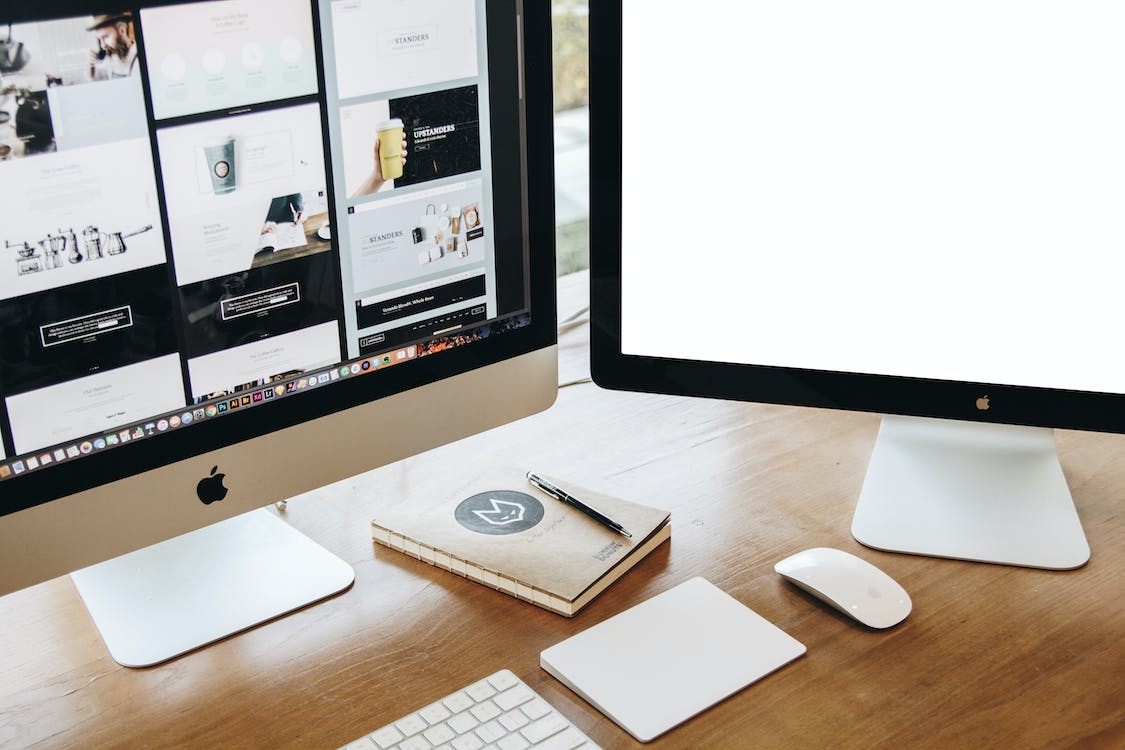Custom Web Design versus Templates: Finding the Perfect Fit for Your Website
In today’s digital age, having a strong online presence is essential for businesses and individuals alike. A well-designed website is the cornerstone of that presence, attracting visitors, engaging them, and driving conversions. When it comes to creating a website, there are two main options to consider: custom web design or using templates. Each approach has its advantages and disadvantages, and understanding them is crucial in making an informed decision. In this article, we will explore the key differences between custom web design and templates to help you find the perfect fit for your website.

*Unique Brand Identity: Custom Web Design: One of the significant advantages of custom web design is the ability to create a unique brand identity. With a custom-designed website, you have complete control over the layout, color scheme, typography, and overall aesthetics. This enables you to align your website design seamlessly with your brand image and create a memorable online experience that reflects your brand’s personality.
Templates: Templates offer pre-designed layouts and themes that can be customized to some extent. While they may provide a starting point, they often lack the flexibility to fully represent your unique brand identity. As a result, your website may end up looking similar to other sites that use the same template, diluting your brand’s distinctiveness.
*Scalability and Flexibility: Custom Web Design: Custom websites are built from scratch, tailored specifically to your requirements. This level of customization allows for greater scalability and flexibility. As your business grows and evolves, a custom website can be easily adapted to accommodate new features, functionalities, and changes in design. You have complete control over the website’s architecture, making it easier to implement complex functionalities and integrations.
Templates: Templates offer a predefined structure, limiting the scalability and flexibility of your website. While some templates may allow for minor modifications, they often have constraints that can hinder future expansion. As your business needs change, you may find yourself constrained by the limitations of the template, requiring workarounds or compromises that may not fully meet your requirements.
*User Experience and Performance: Custom Web Design: User experience (UX) plays a crucial role in website success. A custom-designed website allows you to prioritize UX from the ground up. You can create intuitive navigation, optimize page loading speeds, and ensure a seamless user journey tailored to your target audience. With custom web design, you have the freedom to implement best practices and optimize the website’s performance to enhance user satisfaction.
Templates: While templates often provide a convenient starting point, they may not always prioritize optimal user experience. Templates are designed to be generic, catering to a wide range of industries and purposes. As a result, they may not be fully optimized for your specific audience or align with your UX goals. Additionally, templates may come with excess code or features that can slow down your website’s performance, leading to lower user satisfaction and potentially affecting your search engine rankings.
*Development Time and Cost: Custom Web Design: Custom web design typically requires more time and investment compared to using templates. Building a website from scratch involves collaboration between web designers, developers, and other stakeholders. The process includes creating wireframes, designing mock-ups, coding, testing, and iterating based on feedback. This level of customization and attention to detail can result in a higher upfront cost and a longer development timeline.
Templates: Templates offer a faster and more cost-effective solution, especially for small businesses or individuals with limited budgets. They come with pre-designed layouts and functionality, reducing the time and effort required to build a website. Templates are often more affordable, as you don’t have to invest in custom design and development. However, it’s important to note that customization beyond the template’s capabilities may require additional investment or technical expertise.
In conclusion, choosing between custom web design and templates depends on your unique requirements, resources, and long-term goals. If you prioritize a distinctive brand identity, scalability, flexibility, optimal user experience, and have the resources to invest, custom web design is the ideal choice. On the other hand, if you have budget constraints, a limited timeline, and can compromise some customization, templates offer a quick and cost-effective solution.
Ultimately, the decision should align with your business objectives, target audience, and the image you want to project. Whether you opt for the creative freedom of custom web design or the convenience of templates, remember that regularly updating and maintaining your website is crucial to its long-term success.

I’m Mario Donquilab Jr.
Senior Web developer, Graphic Designer, Video editor, and Internet Marketer
